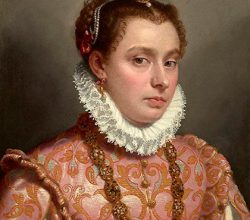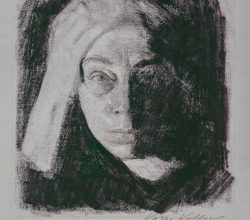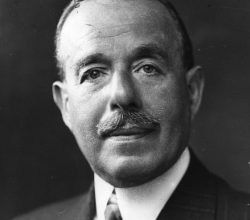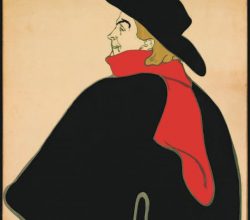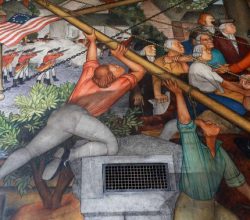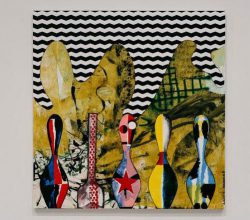
Hirshhorn Extends Charline von Heyl’s Critically Acclaimed Exhibition
Phillip Barcio | Ideelart | 3rd April 2019
Von Heyl is very specific – her paintings do not carry narrative, in the classical sense. Each work is an object, “a new image that stands for itself as fact.” The months it takes to finish a work are spent “finding ways to lure the eye into the picture.” Von Heyl thinks that when she gets it right, her paintings have “liveliness … something that seduces more than it angers”.

